Das Boot (1981)
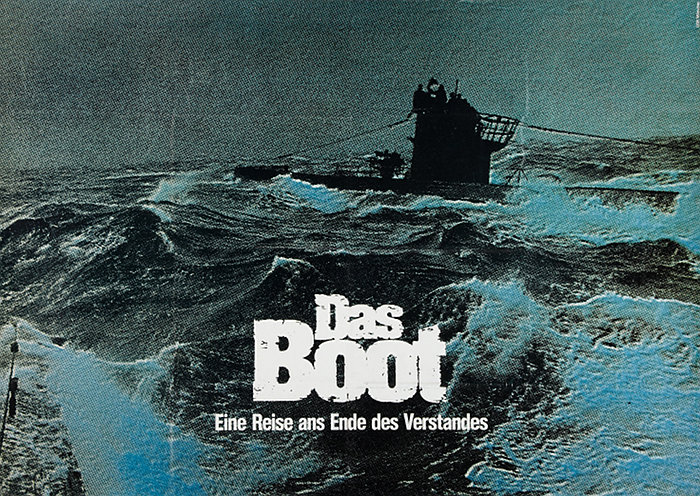
“Das Boot,” directed by Wolfgang Petersen and released in 1981, is a seminal German war film that offers a gripping portrayal of life aboard a World War II U-boat. Adapted from Lothar-Günther Buchheim’s novel of the same name, the film stars Jürgen Prochnow as the U-boat captain, alongside Herbert Grönemeyer and Klaus Wennemann in pivotal roles. Known for its realistic depiction of the harrowing experiences of submariners, “Das Boot” has garnered critical acclaim and is often regarded as one of the greatest war films in cinematic history.
The film is set against the backdrop of the Battle of the Atlantic, a protracted naval conflict between German U-boats and Allied naval forces. “Das Boot” begins by introducing viewers to the crew of U-96, a German submarine, as they prepare for a mission. From the outset, the film immerses audiences in the claustrophobic and oppressive environment of the U-boat. The cramped quarters, dim lighting, and constant noise effectively convey the tension and anxiety that permeate life aboard a submarine.
One of the film’s most striking features is its meticulous attention to detail. Wolfgang Petersen’s direction, combined with Jürgen Prochnow’s commanding performance, captures the complexities of naval warfare and the psychological toll it takes on the crew. The characters are portrayed with depth, revealing their fears, camaraderie, and the strains of wartime life. As the U-boat embarks on its mission, the film explores themes of duty, bravery, and the fragility of human life in the face of war.
Jürgen Prochnow’s portrayal of Captain Heinrich Lehmann-Willenbrock is central to the film’s impact. He embodies the character’s leadership and resolve, while also showcasing the internal conflicts he faces as he grapples with the moral implications of his orders. Prochnow’s performance adds a layer of complexity to the character, making him relatable and sympathetic amid the chaos of war. The supporting cast, including Herbert Grönemeyer as the ship’s eager young crew member, further enhances the emotional weight of the narrative. Their interactions reflect the bonds formed under extreme circumstances, highlighting the humanity that persists even in the direst of situations.
The cinematography in “Das Boot” is another notable aspect. The film employs a mix of handheld and static camera work, creating an immersive experience that places viewers directly within the confined spaces of the U-boat. The use of lighting and shadows enhances the sense of claustrophobia, reflecting the characters’ mounting tension as they face the uncertainty of combat. This visual style contributes to the film’s overall atmosphere, making it a visceral and engaging experience.
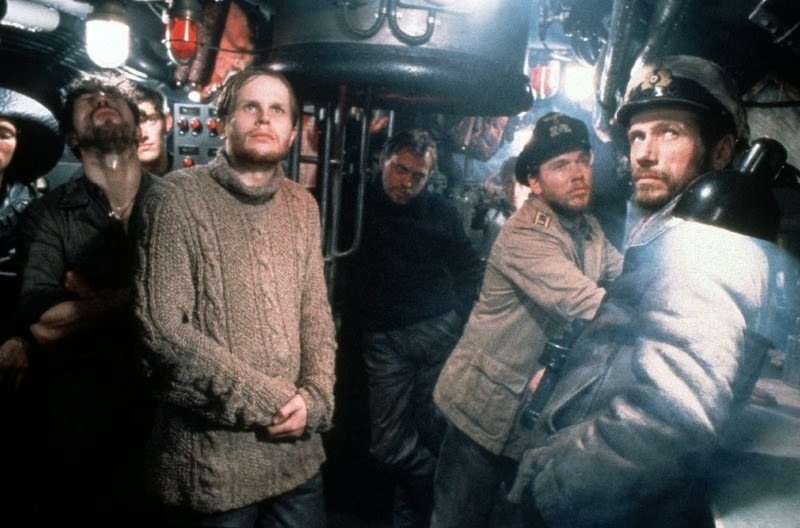
As the U-96 encounters enemy ships and engages in tense naval battles, the film masterfully builds suspense. The sound design plays a crucial role in this, with the creaking of the submarine, the distant sounds of explosions, and the haunting silence during moments of danger. These elements work in concert to create an unsettling ambiance, heightening the stakes as the crew navigates treacherous waters.
The film also explores the psychological toll of warfare. As the crew faces the realities of their mission, including the fear of death and the constant threat of enemy attacks, their mental states begin to deteriorate. The pressures of confinement and the weight of their responsibilities lead to moments of doubt and despair. This exploration of the human psyche adds depth to the narrative, making it clear that the impact of war extends far beyond the battlefield.
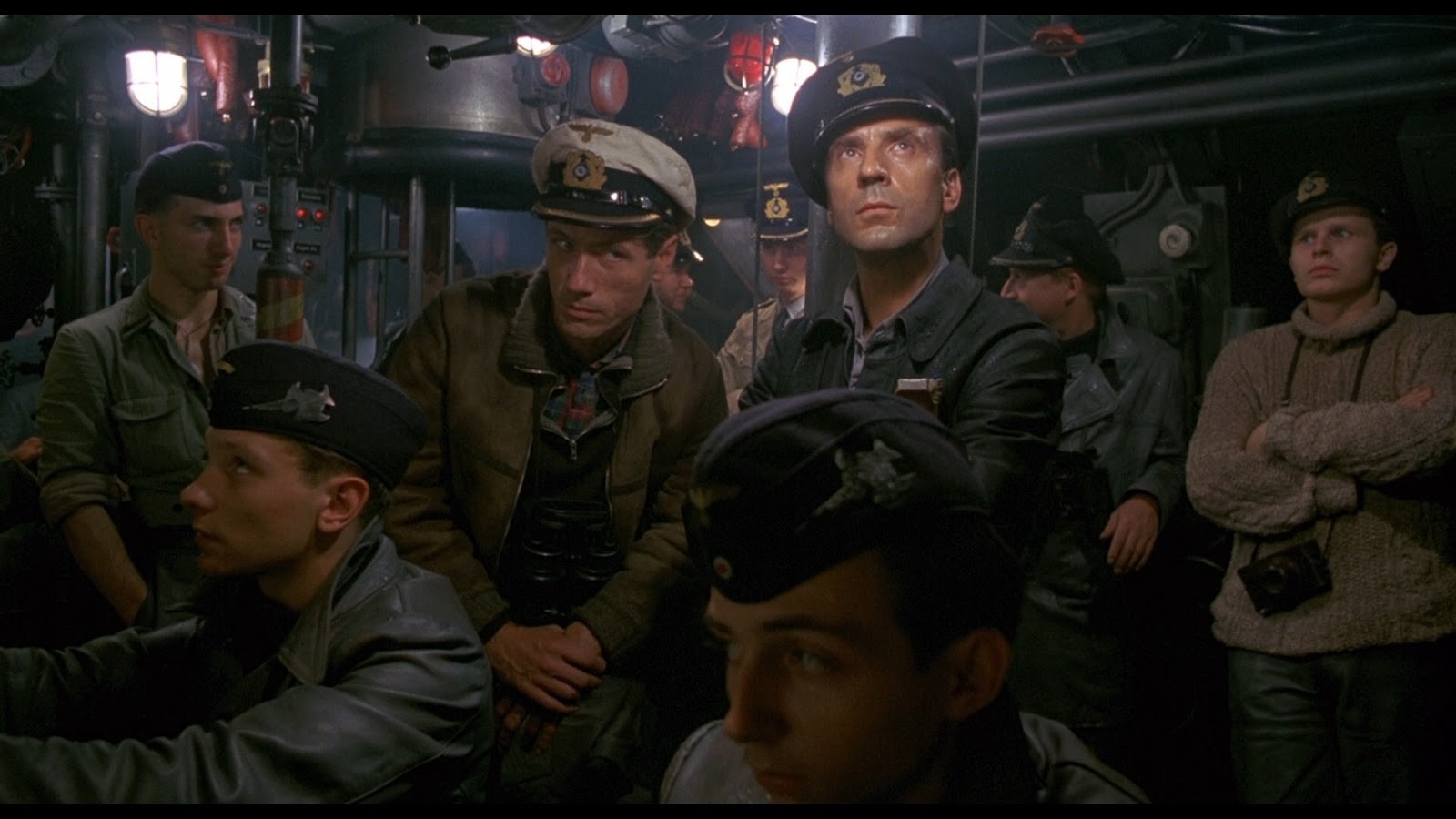
“Das Boot” is structured to evoke a sense of time and place. The pacing reflects the ebb and flow of life aboard a U-boat, with moments of action punctuated by periods of tense waiting. This structure allows viewers to experience the monotony and dread of submarine warfare, creating a palpable sense of anticipation for what lies ahead. The film’s climax builds to a harrowing finale, where the crew must confront the ultimate consequences of their choices and the harsh realities of war.
The film’s conclusion is particularly poignant. As the U-boat returns to port, the sense of triumph is overshadowed by the grim realities of the war. The crew members who once celebrated their victories are left to grapple with the losses they have suffered and the futility of their efforts. This ambivalence resonates with viewers, emphasizing the senselessness of war and the heavy toll it exacts on those involved.
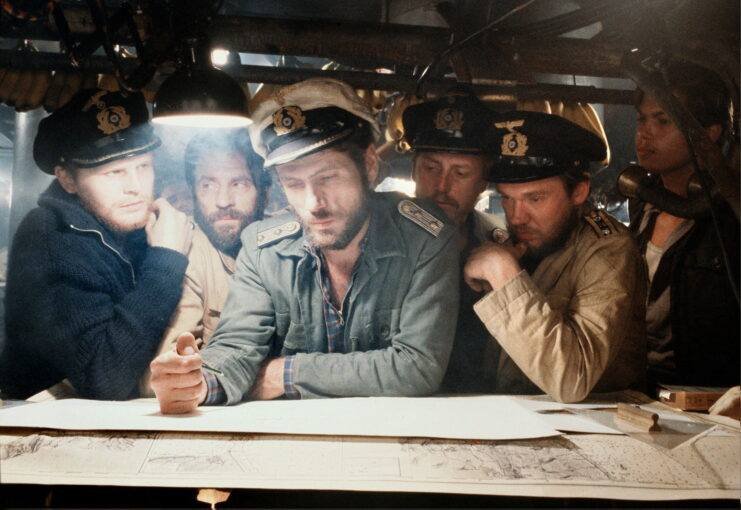
“Das Boot” has been praised for its unflinching portrayal of the horrors of war and the moral complexities faced by soldiers. The film does not glorify combat; rather, it presents a raw and honest depiction of the struggles endured by those who serve. This commitment to realism is part of what has allowed “Das Boot” to stand the test of time, resonating with audiences across generations.
In addition to its narrative and thematic depth, “Das Boot” also achieved critical and commercial success. It was nominated for several Academy Awards, including Best Director and Best Film Editing, and has been recognized as a landmark in war cinema. The film’s influence can be seen in subsequent portrayals of military conflict, particularly in its realistic approach to storytelling.
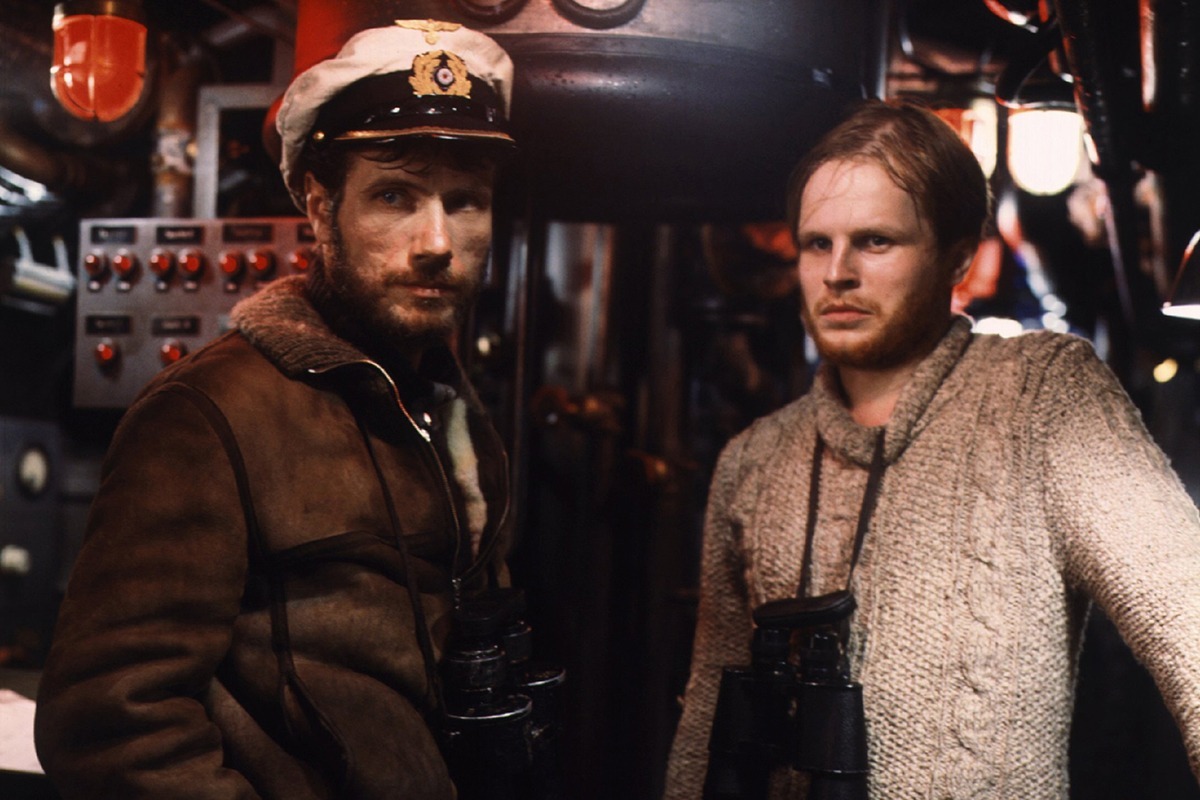
In conclusion, “Das Boot” is a masterfully crafted war film that offers a haunting exploration of the human experience in the context of World War II. Wolfgang Petersen’s direction, combined with powerful performances by Jürgen Prochnow and the supporting cast, creates a compelling narrative that lingers long after the credits roll. Through its meticulous attention to detail, immersive cinematography, and profound thematic exploration, “Das Boot” remains a powerful testament to the complexities of warfare and the resilience of the human spirit. As a cinematic achievement, it continues to be regarded as one of the most significant war films ever made, capturing the essence of a harrowing chapter in history with unwavering honesty and emotional depth.











